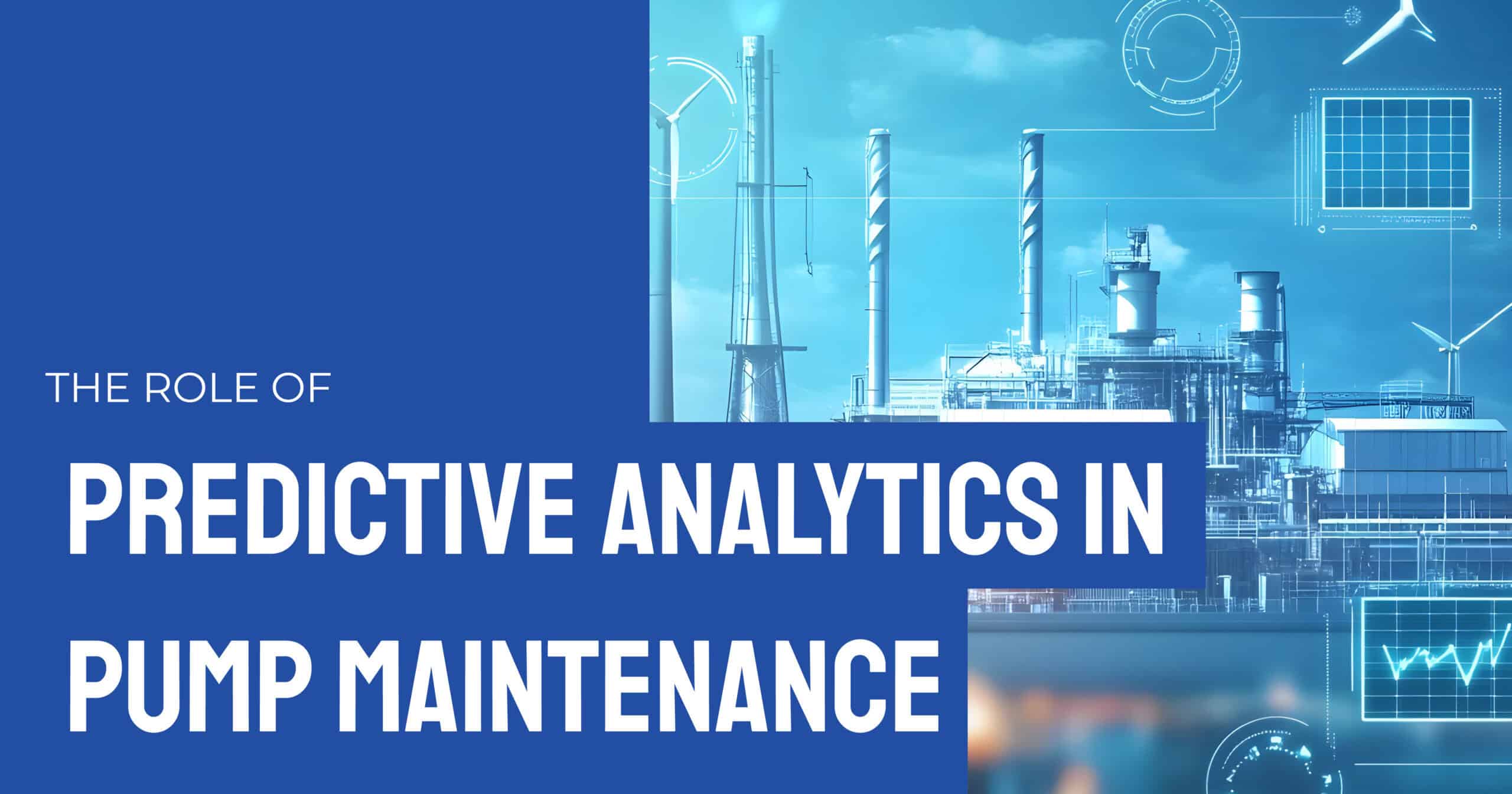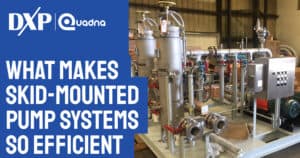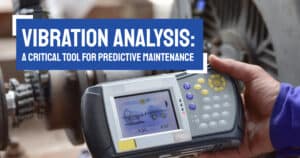Predictive analytics is reshaping the way industrial facilities approach pump maintenance. Instead of relying on fixed schedules or waiting for failure, predictive maintenance uses real-time data and AI-powered insights to identify issues before they become serious. For facilities with high-stakes operations and critical pump systems, the shift from reactive to predictive maintenance is a game-changer.
What Is Predictive Analytics?
Predictive analytics in pump maintenance involves collecting operational data through sensors, then analyzing that data using advanced algorithms to forecast equipment behavior. Variables such as vibration levels, temperature, pressure, flow rate, and power consumption are continuously monitored. When trends deviate from normal operating patterns, the system flags a potential issue, often long before a technician notices it.
These analytics tools can be integrated with supervisory control and data acquisition (SCADA) systems or Internet of Things (IoT) platforms, feeding AI models that learn the unique signatures of each pump’s operation. This allows maintenance teams to address emerging problems proactively, optimize asset life, and prevent costly, unplanned downtime.
Benefits of Predictive Pump Maintenance
- Reduced Downtime
One of the biggest advantages is the ability to catch failures before they happen. For example, detecting a bearing issue weeks before it results in a pump shutdown allows for scheduling repairs during regular maintenance windows instead of scrambling during emergencies. - Cost Savings
By avoiding catastrophic failures and emergency repairs, predictive maintenance saves on labor, parts, and production losses. It also ensures pumps operate under optimal conditions to extend their lives. - Improved Asset Performance
Predictive analytics provides a clearer picture of how each pump performs in real time. This leads to better decision-making around load balancing, system optimization, and energy efficiency. - Data-Driven Planning
With long-term performance data, maintenance managers can make smarter decisions about replacements, upgrades, and capital investments. Budgeting becomes more accurate, and resource allocation becomes more strategic.
Implementing Predictive Tools
The implementation of predictive maintenance starts with smart sensors. These devices collect high-resolution data on key performance indicators (KPIs). Next, cloud-based or on-premise software platforms analyze the data using AI and machine learning models. These platforms send real-time alerts, generate maintenance recommendations, and integrate with work order systems.
A partner like DXP Quadna can guide your team through the process of identifying the right technologies, retrofitting existing pump systems, and setting up custom dashboards that provide actionable insights.
A Smart Investment
As more facilities aim to improve reliability, safety, and operational efficiency, predictive analytics offers a compelling solution. Whether you’re managing water treatment pumps, process pumps in a refinery, or high-duty centrifugal systems, the ability to see problems before they happen is invaluable.
DXP Quadna provides the technical expertise, smart solutions, and support needed to modernize your preventive maintenance practices with predictive analytics. Contact us to learn how we can help your operation stay one step ahead.





